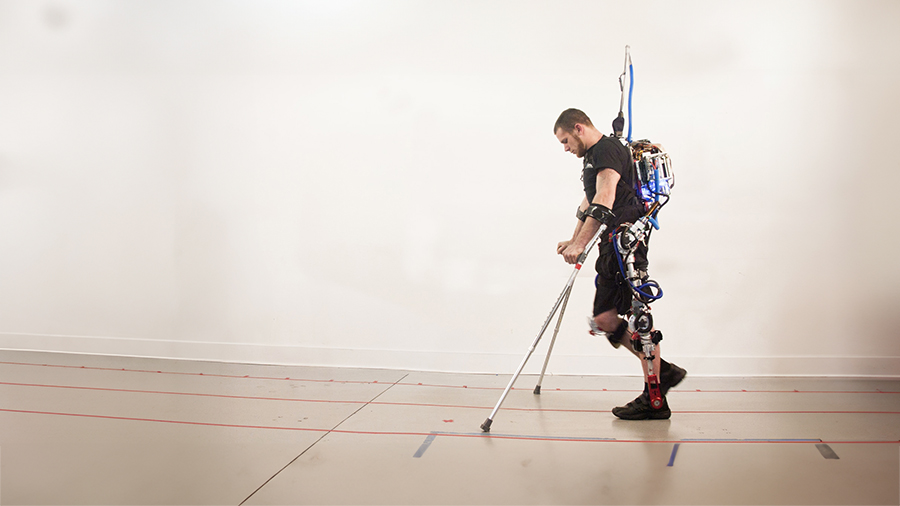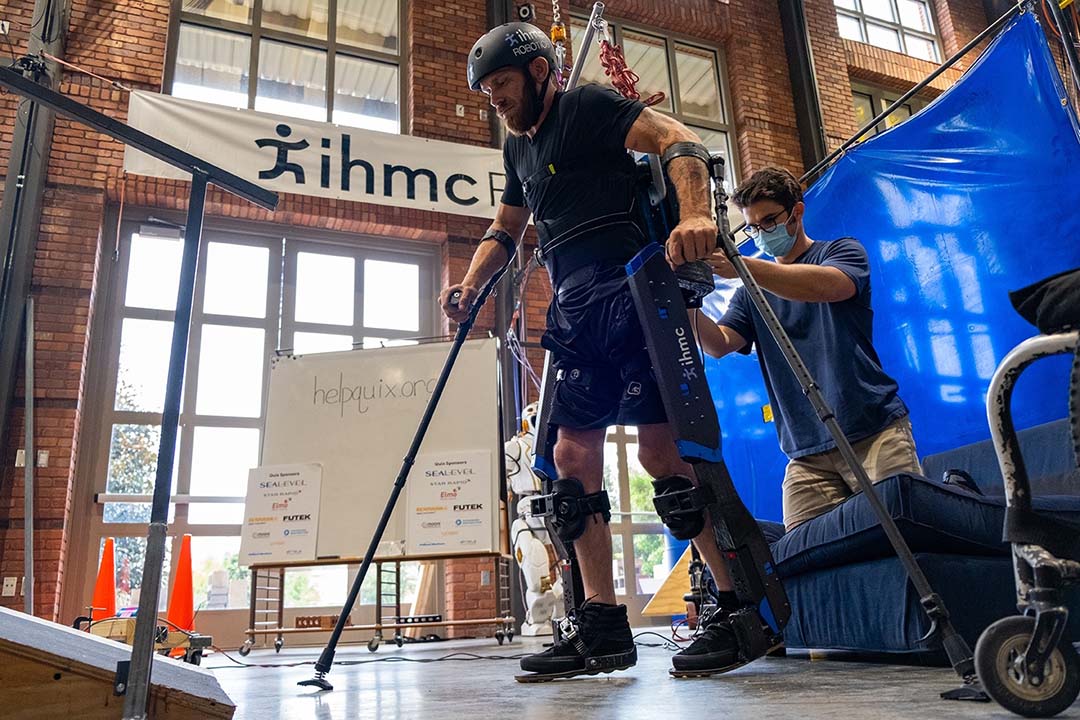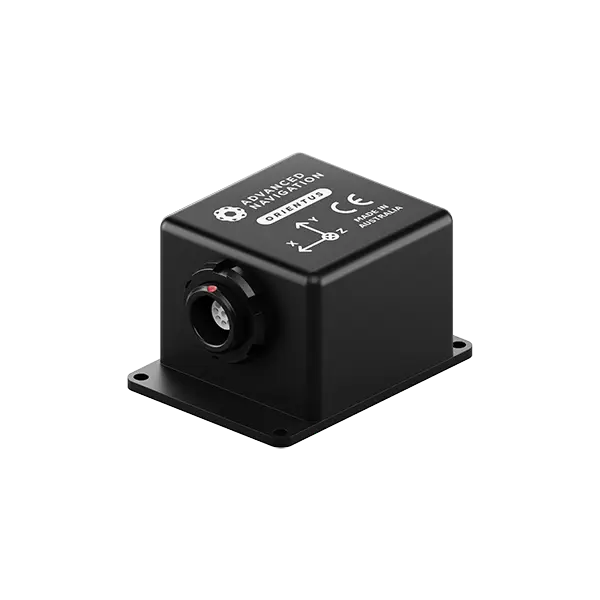Case Study


Published on:

ihmc, United States
The Institute for Human & Machine Cognition (IHMC) is a not-for-profit research institute of the State University System of Florida, pioneering technologies aimed at leveraging and extending human capabilities.
According to the World Health Organization, between 250,000 and 500,000 people suffer spinal cord injuries every year. Many injury victims can suffer permanent paralysis and become confined to a wheelchair as a result. Wheelchair-bound people face mobility challenges on a daily basis that can limit their independence and ability to sustain a livelihood. Spinal injury can also severely affect mental health and diminish human potential.
To help people with paralysis overcome their enormous challenges, the IHMC Robotics Lab is developing a robotic exoskeleton prototype called Quix. The aim of Quix is to assist paraplegics to stand and to move in a walking manner. This is anticipated to greatly increase a paraplegic person’s mobility, independence, rehabilitation and quality of life. Research projects such as those of the IHMC and the associated technological innovations they present may one day make wheelchairs obsolete.
A motorized exoskeleton controlling movement of the human body also presents serious challenges to system designers. Peterson, the lead software and controls engineer on Quix, points out:
“Imagine asking someone to hop into a device with eight powerful motors. This is a dangerous device if it’s not controlled exactly right. It has the potential to do serious damage.”
Peter Neuhaus, Senior Research Scientist, ihmc
In practice, the Orientus AHRS, provides accurate roll, pitch and yaw data in real-time. This data is used by the control system to help maintain the balance, heading/course of the robotic exoskeleton. This data is critical to safe functioning of the exoskeleton.
The very small form factor of the Orientus made for a straightforward integration into the mechanical robotic structure.
“Quix will include the ability to provide autonomous balancing so the device will be easier to use and more stable. At the heart of this balancing control is the Orientus AHRS from Advanced Navigation, which we selected because of the fast internal filter rate and quality of the data.”
Peter Neuhaus
Quix is IHMC’s fourth robotic exoskeleton prototype and is designed for people with lower-limb paralysis. It is a prosthetic device with motors and joints at the hips, knees, and ankles that act in concert to replicate the use of a person’s legs. The Quix robotic exoskeleton stands out in this field of research because it demonstrates technology that, hopefully in the near future, can offer people a degree of upright mobility that can help assist them in returning to a more normal life.

IHMC demonstrating their exoskeleton prototype
The IHMC team competed the Quix in the $4 million Mobility Unlimited Challenge, sponsored by the Toyota Mobility Foundation. As one of five international finalists, the promise of the system and the results achieved so far earned the team a $500,000 grant to push their research further.
Led by Dr. Robert Griffin, the exoskeleton team also participated virtually in the 2020 Cybathlon, finishing 4th in their category. This is an international event that attracted 51 teams from 20 countries to share and demonstrate the latest technologies and innovations that assist people with disabilities to be mobile.

Orientus is a miniature IMU and AHRS that provides accurate orientation under the most demanding conditions. Orientus combines temperature-calibrated accelerometers, gyroscopes, and magnetometers with a sophisticated fusion algorithm to deliver accurate and reliable orientation. It is available in both OEM and rugged packages.